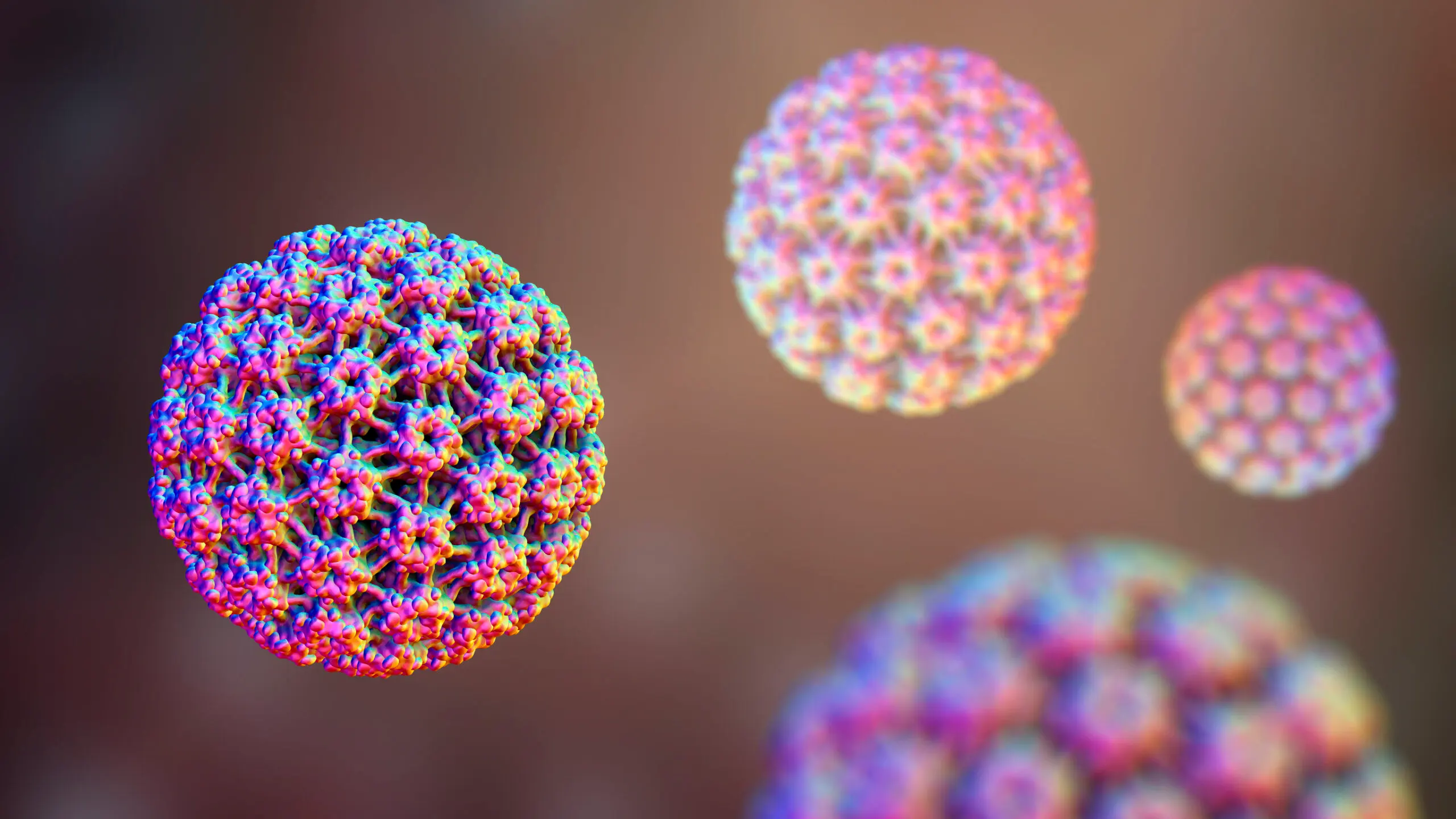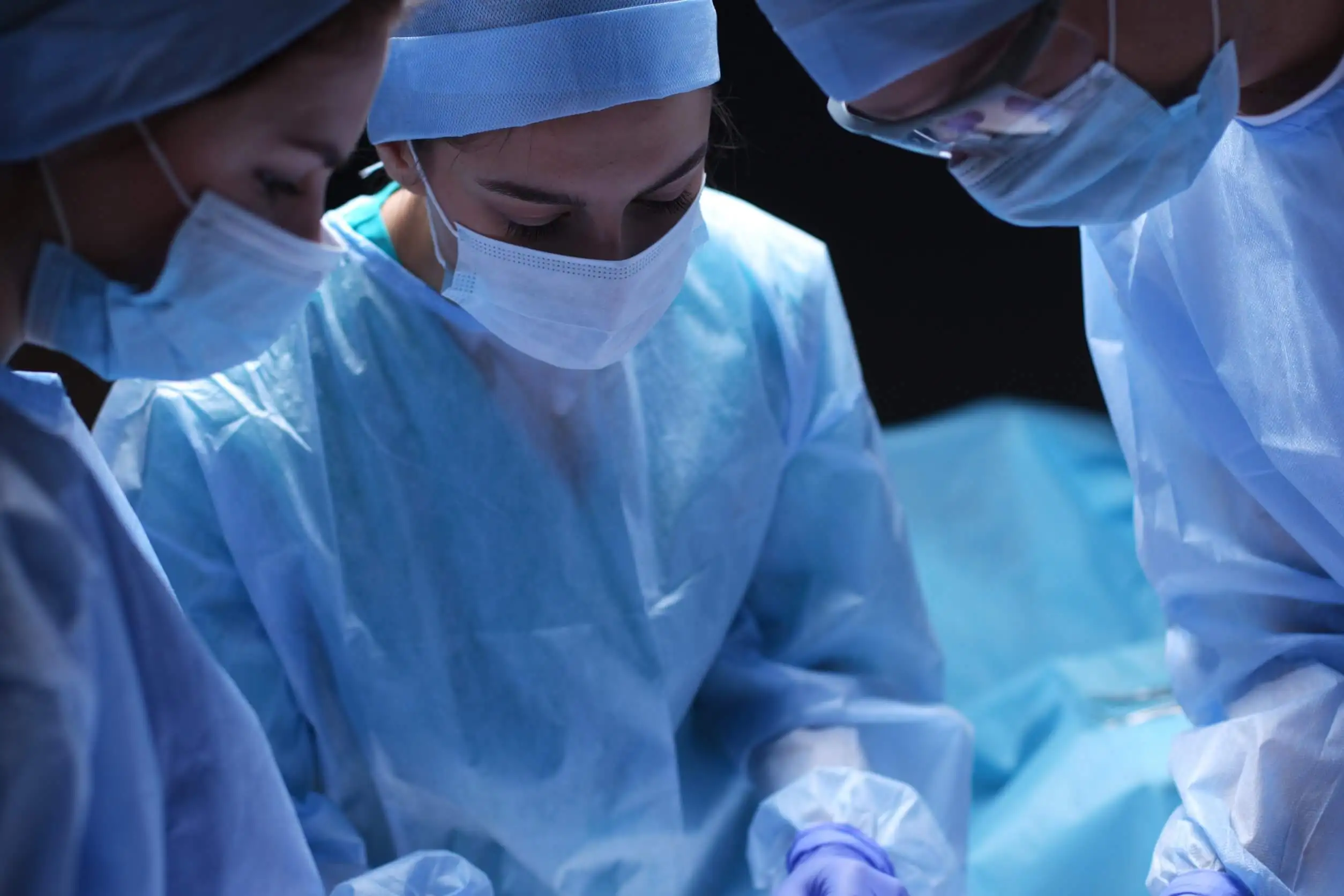Jaw Cancer: Symptoms, Diagnosis and Treatment

Cancer is a malignant disease that can affect any tissue of the human body. Although there are some well-known tumors, such as breast, prostate, or cervical cancer, there are others less frequent, such as jaw cancer.
Also known as ameloblastic carcinoma of the jaw, this is a disease that affects the lower maxillary bone. It’s an unusual tumor that accounts for less than 15% of all bone tumors, according to some research.
Jaw cancer is most common in men between the ages of 30 and 40. Fortunately, diagnosis is usually made in the early stages in most cases, which improves prognosis and reduces complications.
Symptoms of jaw cancer
Most cancers are asymptomatic at first, which tends to make diagnosis difficult and delayed. However, jaw cancer has its own signs and symptoms that can be noticed by individuals.
The most obvious clinical manifestations are swelling and pain, which may affect the entire face or just the jaw. Other characteristic symptoms include the following:
- Bad breath
- Loose teeth.
- Bleeding in the mouth
- Alterations in the tone of voice
- Difficulty chewing and swallowing
- Painful sores or ulcers in the mouth.
- Difficulty opening and closing the mouth.
- Alterations in the sensitivity of the jaw.
Some of these symptoms are also present in other pathologies. However, jaw cancer should be suspected when these alterations take more than a week to disappear, despite having initiated an approach.
Unfortunately, jaw cancer can occur asymptomatically in some patients. In this regard, it’s essential to have regular check-ups.
Read also: The 9 Best Home Remedies for Bad Breath or Halitosis
Causes
This is a multifactorial disease, in which genetic and environmental factors are involved. In this sense, it’s often impossible to establish a precise cause.
Recent studies have linked jaw cancer to alterations in the tumor suppressor genes p53 and RB1. In turn, there are certain risk factors that increase the probability of getting sick, such as the following:
- Smoking
- Chewing the betel (or areca) nut
- Excessive alcohol consumption
- Infection by the human papillomavirus (HPV).

Diagnosis
The diagnostic phase can be difficult for individuals to cope with, as multiple tests and visits to a specialist are necessary. The physician will start by asking about the symptoms and their evolution. Then, he/she will carry out a thorough physical examination, focusing on jaw alterations.
However, the definitive diagnosis is made through radiological studies and carrying out a bone biopsy. Imaging studies provide a view of the internal part of the body, which can identify the tumor and records its characteristics.
The most commonly used tests are magnetic resonance imaging and computed tomography. Other studies, such as PET/CT, make it possible to evaluate the presence of metastases. For its part, the biopsy will study a tissue sample under the microscope, offering a definitive diagnosis, and showing what stage it’s in.
You may be interested in: The Differences Between a CT Scan and an MRI
Treatment of jaw cancer
Treatment for jaw cancer will depend on the stage of the tumor and the age of the affected person.
In most cases, the approach begins with surgery, which aims to remove the entire tumor and affected tissue. After surgery, reconstruction of the oral cavity will be necessary to restore the function and appearance of the jaw. The amount of bone removed is often so great that the placement of a metal prosthesis is necessary. Often, radiotherapy sessions are also recommended to eliminate the remaining malignant cells.
Finally, chemotherapy isn’t usually necessary in jaw cancer and is only recommended when extranodal metastases are present. The most frequent metastases are to the lungs, liver, and brain. If this occurs, then it will complicate the treatment and worsen the prognosis.

A disease with clear symptoms and a good prognosis
Jaw cancer is one of the few neoplasms that has very noticeable symptoms, which facilitates its diagnosis. In this sense, it’s common to detect it in its initial stages, which improves the prognosis considerably. The ideal thing is to consult a specialist in case you notice any of the symptoms mentioned above. Only he/she will be able to give an accurate diagnosis and initiate timely treatment.
All cited sources were thoroughly reviewed by our team to ensure their quality, reliability, currency, and validity. The bibliography of this article was considered reliable and of academic or scientific accuracy.
- Dixit A, Parikh N. Osteosarcoma of jaw bone. Journal of Indian Academy of Oral Medicine and Radiology. 2008;20(1):41.
- Bertin H, Gomez-Brouchet A, Rédini F. Osteosarcoma of the jaws: An overview of the pathophysiological mechanisms. Critical Reviews in Oncology/Hematology. 2020;156:103126.
- Mateo M, Somacarrera M. Cáncer oral: Genética, prevención, diagnóstico y tratamiento.
Revisión de la literatura. Av. Odontoestomatol 2015;31(4):247-259. - Huber MA, Tantiwongkosi B. Oral and oropharyngeal cancer. Med Clin North Am. 2014;98(6):1299–1321.
- Ferrari D, Moneghini L, Allevi F, Bulfamante G, Biglioli F. Osteosarcoma of the Jaw: Classification, Diagnosis and Treatment. Osteosarcoma – Biology, Behavior and Mechanisms. 2017.
- Dimitroulis, George. “Mandibular reconstruction following ablative tumour surgery: An overview of treatment planning.” Australian and New Zealand Journal of Surgery 70.2 (2000): 120-126.
This text is provided for informational purposes only and does not replace consultation with a professional. If in doubt, consult your specialist.








